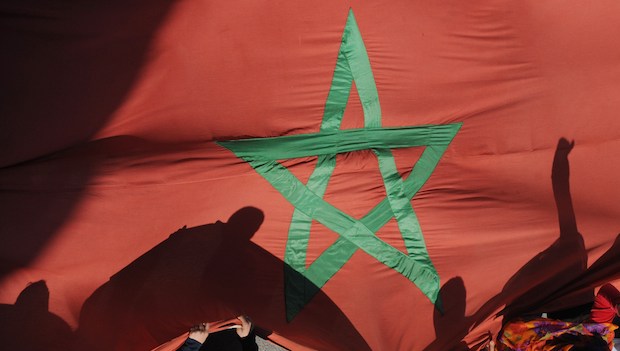Casablanca, Asharq Al-Awsat—Mohamed El-Kettani, the chief executive of Morocco’s largest bank, Attijariwafa, has described a rising domestic bad debt problem as the “biggest threat” facing Moroccan banks. At the same time, however, he insisted that the problem has been overstated and that the country’s banks are doing their utmost to tackle the problem.
Moroccan banks are facing a rise in bad debts in the domestic market, with 6.21 percent of all debts being classified as “bad debt” at the end of January, compared to 6.03 percent at the end of December 2013 and 4.99 percent at the end of December 2012. But Kettani noted that this rate “reached 19.62 percent in 2004, and since then it has dropped continuously until it reached its lowest rate, 4.94 percent.”
Attijariwafa posted an 8 percent drop in net profits to 4.1 billion Moroccan dirhams (503.50 million US dollars) on Monday, largely on the back of rising bad debts.
But Kettani attributed this rise to its move to reclassify a number of frozen accounts. “While we were cleaning our accounts we decided to review those accounts which had not been active for six months and to reclassify them,” he said.
“I see this rise [in bad debts] as a good sign, because it reflects the eagerness of Moroccan banks to clear their accounts from bad debts, and therefore reduce the dangers related to them by covering them with stocks.”
However, speaking of how toxic the problem was, he said: “When the issue is related to a rise in costs, you can always restore balance by taking economic measures; when it is related to bad management, you can change personnel. However, when it is related to an accumulation of bad debts, it can lead to the bankruptcy of the bank.”
He continued: “That is why we decided not to allow debts to accumulate by taking strict measures in their classification and covering them using stocks, as well as making greater efforts to recover them. But before all that, we introduced strict contracts and firm measures regarding the awarding of loans, in order to guarantee the lowest degree of risks.”
Kettani added that the rate of bad debts at Attijariwafa had remained lower than the sector’s average of 6.21 percent, reaching 4.95 percent at the end of January, rising from its previous rate of 2.99 percent in 2012.
Another of the country’s major banks, Banque Marocaine du Commerce Extérieur, is also facing a bad debts problem, and announced on Monday it had added some 503 million dirhams (61 million dollars) to provisions in 2013 in order to meet its total risk costs, estimated at 1.3 billion dirhams and up 17 percent from 2012.
Banque Centrale Populaire (BCP), one of the country’s biggest lenders, also increased its risk provisions in 2013 by 9.9 percent to 8.46 billion dirhams (1 billion dollars).
On Tuesday, Morocco’s central bank slashed the country’s banks’ reserve requirement to 2 percent from 4 percent due to a liquidity crisis in the country.
Central bank governor Abdellatif Jouahri told a news conference that the bank was “ready to cut it [the reserve requirement] to zero if the market needs that.”
The central bank left the benchmark interest rate unchanged at 3 percent, in expectation of inflation remaining within the target in the medium term.

